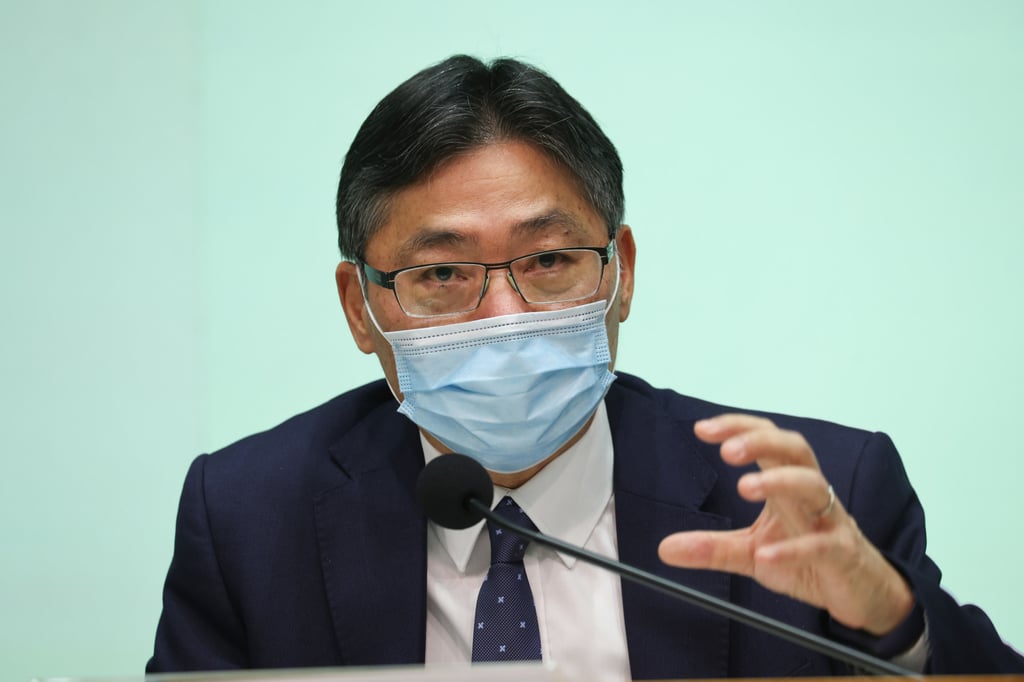Hong Kong authorities to prioritise Tseung Kwan O rail line’s extension over other mega projects, but no timeline yet for new plans’ completion
- Authorities will launch a public consultation exercise in two months before getting a better idea of estimated budgets and project timelines
- Chief Executive John Lee proposed three major roads and three railway projects to better link the city and reduce heavy traffic in some areas

The Hong Kong government will prioritise the construction of the Tseung Kwan O rail line extension over the other five major infrastructure projects floated in the city leader’s policy blueprint.
But Secretary for Transport and Logistics Lam Sai-hung, who revealed the priorities on Monday, said authorities did not have any timeline for when these mega projects would be completed for now.
“We would like to see what residents think about those projects, because they know what is really needed, especially if they live nearby the new infrastructure sites,” said Lam, adding that a relevant public consultation exercise would be launched by December.
“We will consolidate all the comments and release a blueprint by the end of next year revealing the routes and preliminary estimated budgets on each project, but we don’t have a timetable now.”

In his maiden policy address last week, Chief Executive John Lee Ka-chiu proposed three railway projects and building three major roads to better link different corners of the city, as well as reduce heavy traffic in certain areas.
The three railway schemes are the Hong Kong-Shenzhen Western Rail Link, a new Central Rail Link to connect Kam Tin in Yuen Long with Kowloon Tong via Kwai Chung, and an extension of the Tseung Kwan O line southwards to TKO Area 137, which is expected to provide 50,000 flats with the first population intake in 2030 at the earliest.